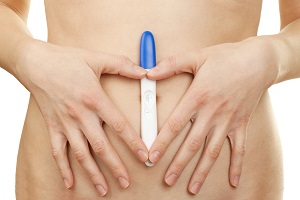On July 28, 2017, Charlie Gard, the British kid with mitochondrial DNA depletion syndrome died. It is a rare genetic disease that causes the progressive decline of DNA in mitochondria. Since mitochondria are the organelles that give energy to the cells, the muscles lose weight slowly and lead to death.
There is a chromosome in the DNA that produces only 13 proteins. Despite being few, each of these is necessary for the proper functioning of mitochondria. Inside the mitochondria there are then about 1,000 protein chains encoded by genes of nuclear DNA.
In decomposing mitochondrial DNA, some nuclear genes work badly. Malfunction leads to DNA leakage from mitochondria. Mitochondria therefore lose the ability to produce energy and the organs that are affected are the ones that consume more. Muscles, liver and brain, left uncharged, stop functioning.
The symptoms of mitochondrial diseases are very heterogeneous, but the most common are muscle weakness and difficulty in feeding. Various forms of the disease have in common the early manifestation, which takes place in the early days or months of life. In these cases the symptoms worsen rapidly. Progression, on the other hand, is slower in later forms.
Mutations that cause mitochondrial DNA depletion are recessive. For the disease to manifest, it is necessary to inherit the mutated gene from both parents. The diagnosis takes place with a targeted examination, which serves to quantify mitochondrial DNA. To this is added the genetic test, which allows to identify the mutation.
To date there is no cure and only treatments exist to mitigate the symptoms.
Source: repubblica.it
Add a comment





